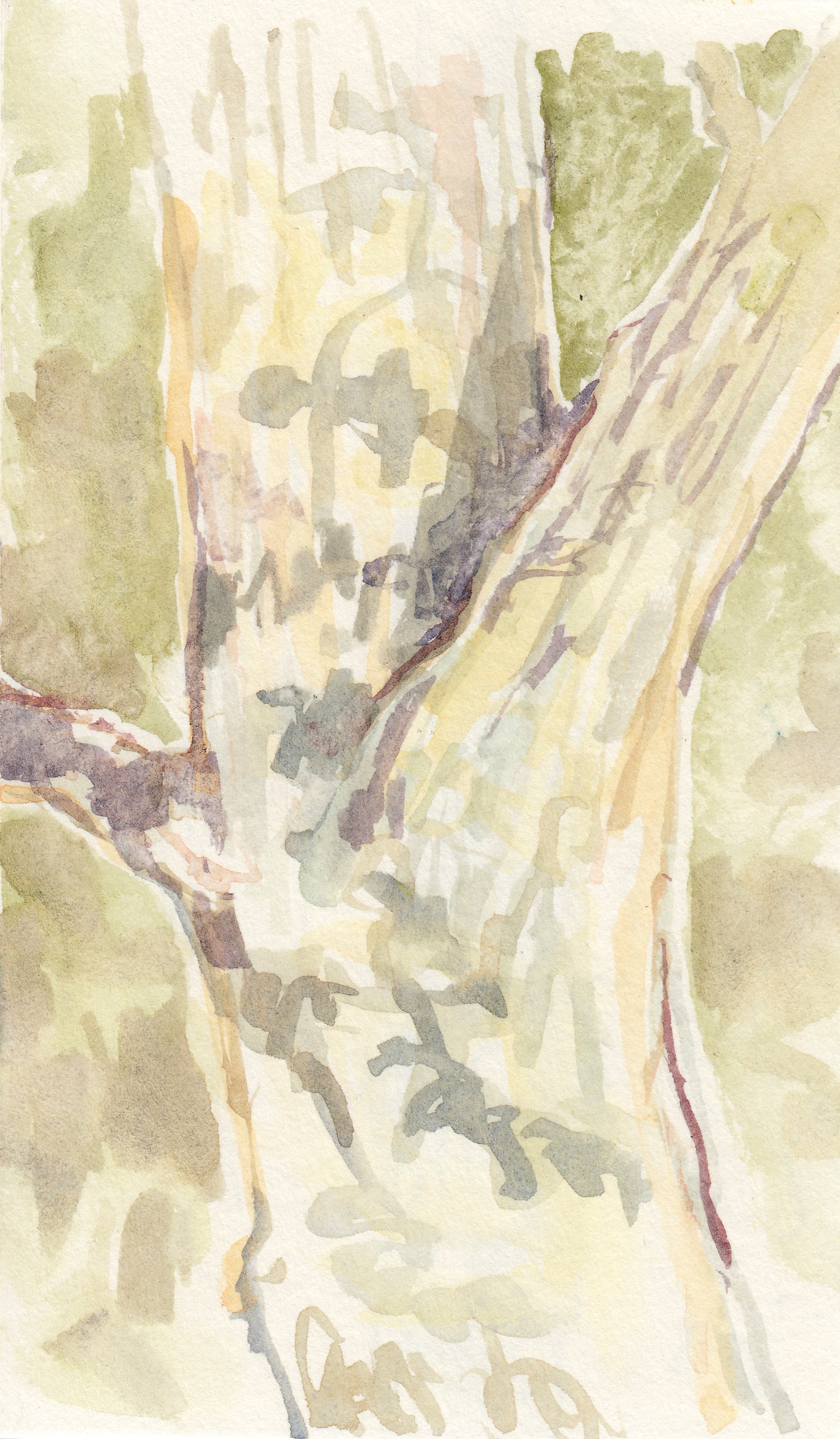Mismatches from climate changes
/I drew this to illustrate another Forum paper for the scientific journal Oikos. Here is a summary of the study, “Why sex matters in phenological research” (by Nakazawa et al.):
As climate change shifts the timing of the seasons, it messes with different organisms in different ways—which can disrupt the way they interact. A predator might emerge before its prey does, for example, creating a trophic mismatch. Males and females of the same species can get out of whack, too, to the potential detriment of the next generation.
These Forum authors confront that idea of “sexual mismatch,” pointing out that males of many species gear up for mating before females do—or vice versa—as each sex responds differently to environmental cues. Their model shows that both sex-specific timing and trophic timing play important roles in the dynamics of a population.
But their literature reviews find that sex-specific information from the real world is scarce. Among other data limitations, studies of breeding cues tended to be male-biased for birds and mammals and female-biased for fish and insects. Notably, males had more variable timing than females for several species where the two sexes look different from each other—contrary to a conventional view that females are more likely to shift their timing.
Speculating that sexually dimorphic species may be especially vulnerable to a changing climate, the authors outline a more sex-conscious research agenda for the future (including collecting sex information during population monitoring, and using eDNA to gauge sex ratios) to better understand the ecological impacts of climate change.












